
Canada police name highway crash victims
Babas, peperes, grandmothers, and great-grandmothers among 16 lost in Canada highway crash.
2023-06-23 03:51

First on CNN: Senators press Google, Meta and Twitter on whether their layoffs could imperil 2024 election
Three US senators are pressing Facebook-parent Meta, Google-parent Alphabet and Twitter about whether their layoffs may have hindered the companies' ability to fight the spread of misinformation ahead of the 2024 elections.
2023-06-22 20:45

Scientists just created a new state of matter – here's what that means
Scientists have just created an entirely new state of matter made out of subatomic particles. The bosonic correlated insulator, to be precise, is both a new material and a new state of matter, said researchers from California, Arizona and Japan. There are four fundamental states of matter, liquid, solid, gas and plasma – an electrically charged gas found in situations like stars and lightning strikes. But there are many others when you drill down to quantum level (that means at an atomic and subatomic level). The scientists said this is a new one. Sign up to our free Indy100 weekly newsletter The new material is a lattice-shaped pattern, formed from a layer of the two different types of subatomic particles: bosons and fermions. Bosons are a type of particle which is difficult for scientists to create and manipulate because they do not interact with each other. Fermions are more stable – particles such as electrons – and interact through electrostatic force. The material sees the two different types of particle combining and interacting in a new way, with the particles eventually form into a crystalline state, which in turn creates a material which has an insulating effect. “Conventionally, people have spent most of their efforts to understand what happens when you put many fermions together,” says condensed matter physicist Chenhao Jin from the University of California, Santa Barbara (UCSB). “The main thrust of our work is that we basically made a new material out of interacting bosons.” The new material doesn’t yet have any practical uses, but exotic creations like this help scientists understand how the universe is put together, the team said. “What happened here is that we discovered the correlation that drove the bosons into a highly ordered state,” said physicist Richen Xiong, from UCSB. The scientists think the discovery could lead to them finding more materials like this further down the line. “We know that some materials have very bizarre properties,” said Xiong. “And one goal of condensed matter physics is to understand why they have these rich properties and find ways to make these behaviours come out more reliably.” Have your say in our news democracy. Click the upvote icon at the top of the page to help raise this article through the indy100 rankings.
2023-06-22 18:16

Amazon duped millions of consumers into enrolling in Prime, US FTC says
By David Shepardson WASHINGTON (Reuters) -The U.S. Federal Trade Commission on Wednesday accused Amazon.com of enrolling millions of consumers into
2023-06-22 01:59
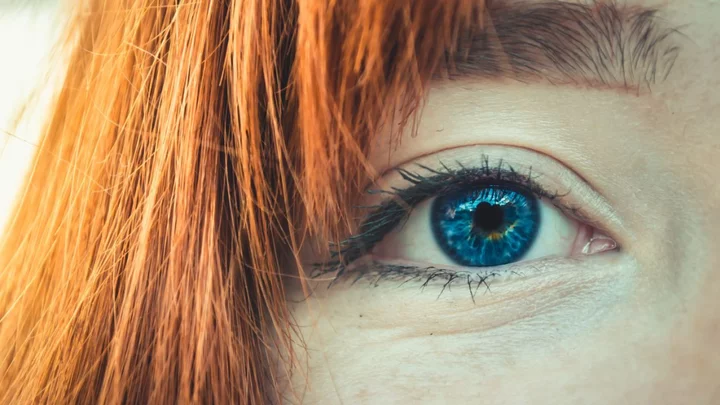
If you have blue eyes you may have a higher risk of alcoholism
Research from the University of Vermont suggests that there may be a link between those who have blue eyes and alcoholism. The study, conducted in 2015, was led by Dr Arvis Sulovari and assistant professor Dawei Li, and was the first to draw a direct connection between the colour of someone's eyes and their risk of developing alcoholism. Professor Li generated a database comprising of more than 10,000 individuals who have received a diagnosis for at least one psychiatric illness, including conditions such as addiction. Speaking of the conditions, Li - an expert in microbiology and molecular genetics - explained that they were "complex disorders" and that "many genes" and "environmental triggers" were involved. Sign up to our free Indy100 weekly newsletter The researchers used the database to identify those with a dependency on alcohol and discovered an interesting correlation. They found that those with lighter colour eyes - especially blue - had greater rates of alcohol addiction. The researchers even checked three times to be sure of their findings. "This suggests an intriguing possibility that eye colour can be useful in the clinic for alcohol dependence diagnosis," said Dr Sulovari. The study also found that the genetic components that determine eye colour and those associated with excessive alcohol use share the same chromosome. However, more tests and studies are going to have to take place in order for us to gain a deeper understanding of the potential link between eye colour and higher rates of alcohol dependency. Researchers are still unsure as to why there is such a link. With professor Li saying that much of genetics is "still unknown". Have your say in our news democracy. Click the upvote icon at the top of the page to help raise this article through the indy100 rankings.
2023-06-20 23:20
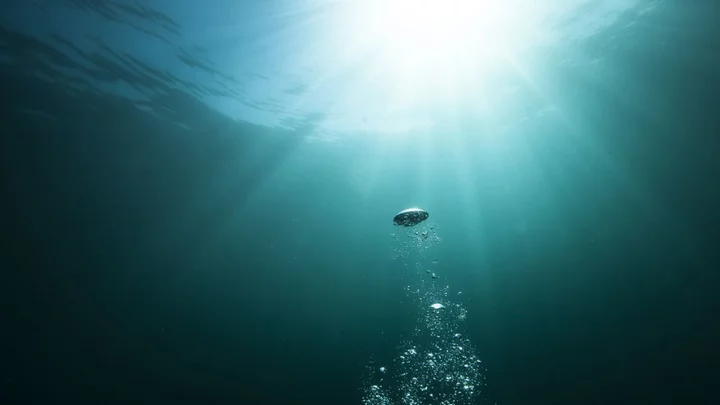
Scientists found the oldest water on the planet and drank it
If you found water that was more than two billion years old, would your first instinct be to drink it? One scientist did exactly that after finding the oldest water ever discovered on the planet. A team from the University of Toronto, led by Professor Barbara Sherwood Lollar, came across an incredible find while studying a Canadian mine in 2016. Tests showed that the water source they unearthed was between 1.5 billion and 2.64 billion years old. Given that it was completely isolated, it marked the oldest ever found on Earth. Sign up to our free Indy100 weekly newsletter Remarkably, the tests also uncovered that there was once life present in the water. Speaking to BBC News, professor Sherwood Lollar said: “When people think about this water they assume it must be some tiny amount of water trapped within the rock. “But in fact it’s very much bubbling right up out at you. These things are flowing at rates of litres per minute – the volume of the water is much larger than anyone anticipated.” Discussing the presence of life in the water, Sherwood Lollar added: “By looking at the sulphate in the water, we were able to see a fingerprint that’s indicative of the presence of life. And we were able to indicate that the signal we are seeing in the fluids has to have been produced by microbiology - and most importantly has to have been produced over a very long time scale. “The microbes that produced this signature couldn’t have done it overnight. This has to be an indication that organisms have been present in these fluids on a geological timescale.” The professor also revealed that she tried the water for herself – but how did it taste? “If you’re a geologist who works with rocks, you’ve probably licked a lot of rocks,” Sherwood Lollar told CNN. She revealed that the water was "very salty and bitter" and "much saltier than seawater." Have your say in our news democracy. Click the upvote icon at the top of the page to help raise this article through the indy100 rankings.
2023-06-20 14:55
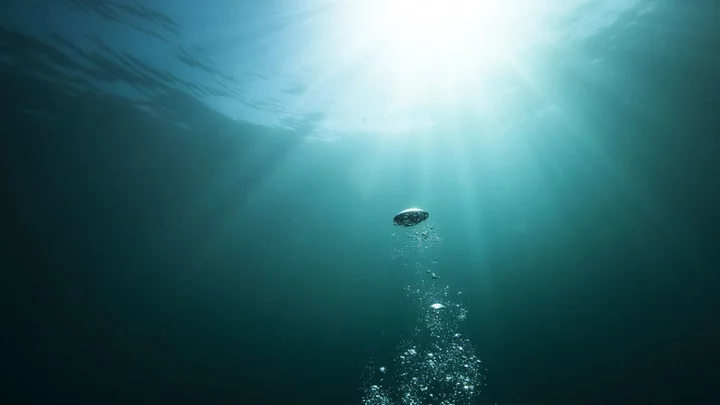
A scientists found the oldest water on the planet and drank it
If you found water that was more than two billion years old, would your first instinct be to drink it? One scientist did exactly that after finding the oldest water ever discovered on the planet. A team from the University of Toronto, led by Professor Barbara Sherwood Lollar, came across an incredible find while studying a Canadian mine in 2016. Tests showed that the water source they unearthed was between 1.5 billion and 2.64 billion years old. Given that it was completely isolated, it marked the oldest ever found on Earth. Sign up to our free Indy100 weekly newsletter Remarkably, the tests also uncovered that there was once life present in the water. Speaking to BBC News, professor Sherwood Lollar said: “When people think about this water they assume it must be some tiny amount of water trapped within the rock. “But in fact it’s very much bubbling right up out at you. These things are flowing at rates of litres per minute – the volume of the water is much larger than anyone anticipated.” Discussing the presence of life in the water, Sherwood Lollar added: “By looking at the sulphate in the water, we were able to see a fingerprint that’s indicative of the presence of life. And we were able to indicate that the signal we are seeing in the fluids has to have been produced by microbiology - and most importantly has to have been produced over a very long time scale. “The microbes that produced this signature couldn’t have done it overnight. This has to be an indication that organisms have been present in these fluids on a geological timescale.” The professor also revealed that she tried the water for herself – but how did it taste? “If you’re a geologist who works with rocks, you’ve probably licked a lot of rocks,” Sherwood Lollar told CNN. She revealed that the water was "very salty and bitter" and "much saltier than seawater." Have your say in our news democracy. Click the upvote icon at the top of the page to help raise this article through the indy100 rankings.
2023-06-19 22:57

Montenegro court jails 'cryptocurrency king' Do Kwon for four months - media
SARAJEVO A court in Montenegro has sentenced cryptocurrency entrepreneur Do Kwon, who is charged in the U.S. with
2023-06-19 21:18
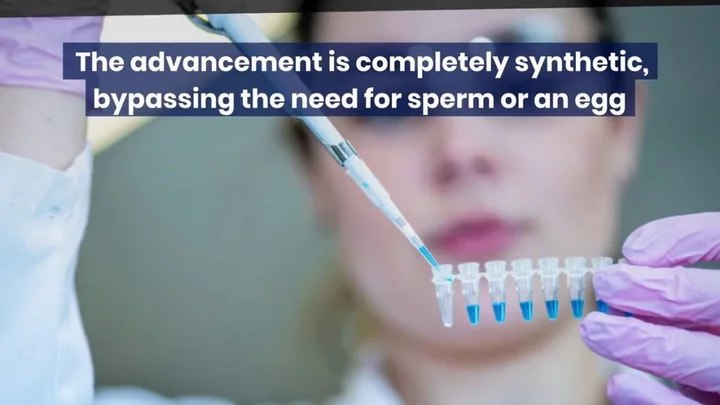
Scientists create human embryo with a heartbeat without using sperm or eggs
Scientists have created a model human embryo to study the first weeks of life, complete with a heartbeat and traces of blood. The synthetic embryo was created with human stem cells and did not require sperm, eggs or fertilisation. It mimics the structure that occurs during the first month of pregnancy. Yet, scientists ensured it was designed to not form a foetus. Researchers involved in the extraordinary project discovered that the model had early stages of developing a brain and beating heart cells, which generally develop after 23 days in a human embryo. It was achieved through embryonic stem cells, which are 'blank' cells from a human embryo. Scientists grew the model in a lab before transferring it to a rotating bottle to act as an artificial uterus, The Guardian reported. Sign up for our free Indy100 weekly newsletter Scientists hope the findings will help them understand more about the impact of genetic disorders and miscarriage. Dr Jitesh Neupane, of the University of Cambridge’s Gurdon Institute, told the publication: "I randomly took my plate under the microscope and when I saw the [heartbeat] for the first time I was scared, honestly. I had to look down and look back again. "It was overwhelming for me. People get emotional when you see the heartbeat." He went on to emphasise that the model is "neither embryos nor are [they] trying to make embryos actually." "They are just models that could be used to look into specific aspects of human development," he continued. The findings are yet to be published in either a preprint or a journal paper. Have your say in our news democracy. Click the upvote icon at the top of the page to help raise this article through the indy100 rankings.
2023-06-19 17:22
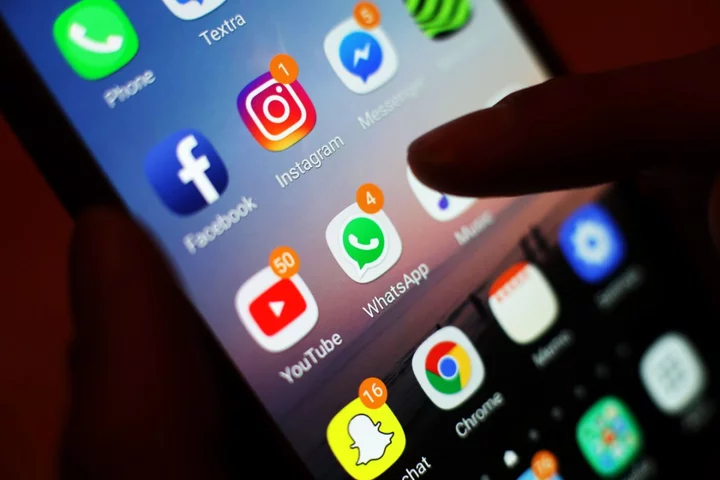
College students who cut social media use to 30 minutes per day have less anxiety
Scientists have found that students who cut social media use to 30 minutes per day can see significant reduction in anxiety, depression, and loneliness, an advance that can lead to better mental health interventions. A growing body of research in recent years has shown that an increase in social media use among young people is linked to their declining mental health. Researchers at Iowa State University assessed this link further in a two-week experiment with 230 college students. Half of the participants were asked to limit their social media usage to 30 minutes a day, and received automated, daily reminders. The study, published in the journal Technology, Mind, and Behavior, found that this group of participants scored significantly lower for anxiety, depression, loneliness and fear of missing out at the end of the experiment compared to the control group. These participants also appeared to have a brighter outlook on life, scoring higher for “positive affect,” which the researchers describe as “the tendency to experience positive emotions described with words such as ‘excited’ and ‘proud.’” “It surprised me to find that participants’ well-being did not only improve in one dimension but in all of them. I was excited to learn that such a simple intervention of sending a daily reminder can motivate people to change their behavior and improve their social media habits,” study co-author Ella Faulhaber said. The psychological benefits from cutting back on social media was found to extend even to participants who sometimes exceeded the 30-minute time limit. Scientists suggest it is not about being perfect, but putting in the effort that makes the difference. While previous research has assessed the effects of limiting or abstaining from social media, many of the interventions recommended in these studies require heavy supervision and deleting apps or using special applications to block or limit social media use. “When a perceived freedom is taken away, we start resisting,” says Douglas A. Gentile, another author of the study, who adds that eliminating social media completely may take away some of its benefits like connecting with friends and family. For those looking to cut back on social media use, scientists recommend setting a timer to see how much time one spends on social media. “Recognize that it’s not easy to stick to a time limit. Social media apps are designed to keep you engaged,” researchers said in a statement. However, they urge people not to give up as limiting social media use over time has real benefits for daily life. “We live in an age of anxiety. Lots of indicators show that anxiety, depression, loneliness are all getting worse, and that can make us feel helpless. But there are things we can do to manage our mental health and well-being,” Dr Gentile said. Read More TikTok allowed millions of people to see Canadian ‘helicopter’ wildfire conspiracies Reddit hit by outage as fight over its future escalates Facebook, Instagram and WhatsApp all stop working Is your WhatsApp group making you anxious? Don’t worry – you’re not alone From a post-truth world to a post-trust world Why suicides among young women are rising at the fastest rate ever
2023-06-19 14:46

Scientists think there could be an 'anti-universe’ where time runs backwards
It sounds like something straight out of a Christopher Nolan film, but scientists have suggested that there could actually be an 'anti-universe' where time runs backwards. And if you’re anything like us, your brain is probably starting to hurt already. It comes from experts studying symmetries, and the new research is all to do with the fundamentals of symmetry in nature – the most significant of which are charge, parity and time. Bear with us… According to LiveScience, a new paper recently accepted for publication in the journal Annals of Physics suggests that there is a combined symmetry to the entire universe. Sign up to our new free Indy100 weekly newsletter As the research attests, the early universe was so uniform that time looks symmetric going backwards and forwards. The paper argues that the way we understand the world and wider universe around us, moving forwards in time, must also be expanded to include a mirrored version which runs backwards in time. It could also provide a deeper understanding of dark matter, too. The theory suggests that it is an invisible particle which only interacts via gravity and provides a pairing to the electron-neutrino, muon-neutrino and tau-neutrino. The research suggests that the conditions in a mirrored universe where time runs backwards would be full of these paired neutrinos, which would account for dark matter. Of course, we’d never be able to experience time running backwards even if it did definitely exist, but it’s a pretty cool theory none-the-less. It comes after Elon Musk made headlines in the world of science and space travel, after giving his estimation for when humans will land on Mars for the first time. The first moon landing famously took place in 1969, but space enthusiasts have been debating when they think the first Mars landing will be – now, the SpaceX CEO thinks we’ll be up there by 2029. Have your say in our news democracy. Click the upvote icon at the top of the page to help raise this article through the indy100 rankings.
2023-06-19 00:29
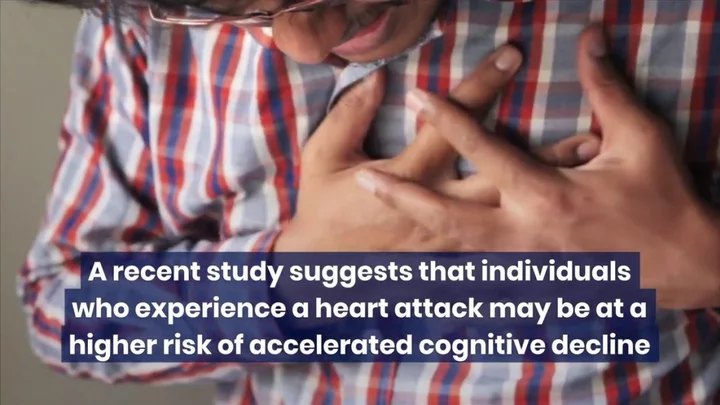
Scientists have worked out the most common days of the week for heart attacks
Research has been revealed that shows which day of the week heart attacks are most likely to take place. According to a new study, the most severe types of heart attacks are more common on Mondays than any other day. STEMI attacks are the most severe forms of attacks, which are caused by a blockage of the coronary artery and see an interruption to the blood supply. A total of 10,528 patients were analysed as part of new research, with the study focusing hospital cases in Ireland and Northern Ireland between 2013 and 2018. Sign up to our free Indy100 weekly newsletter The findings were presented at the British Cardiovascular Society (BCS) conference in Manchester. The data shows that the risk of an STEMI-type heart attack were 13 per cent greater on a Monday compared to the average of other days. Cardiologist Jack Laffan from the Belfast Health and Social Care Trust said at the conference: "We've found a strong statistical correlation between the start of the working week and the incidence of STEMI. This has been described before but remains a curiosity." Laffan also considers it likely that the natural cycle of weeks, months and seasons has on our health. He said: "Based on what we know from previous studies, it is reasonable to presume a circadian element". Nilesh Samani, medical director at the British Heart Foundation, added: "This study adds to evidence around the timing of particularly serious heart attacks, but we now need to unpick what it is about certain days of the week that makes them more likely. "Doing so could help doctors better understand this deadly condition so we can save more lives in future." It comes after a woman revealed how when she was a teenager she mistook a heart attack for butterflies, after dancing with a boy for the first time. Have your say in our news democracy. Click the upvote icon at the top of the page to help raise this article through the indy100 rankings.
2023-06-18 14:18
